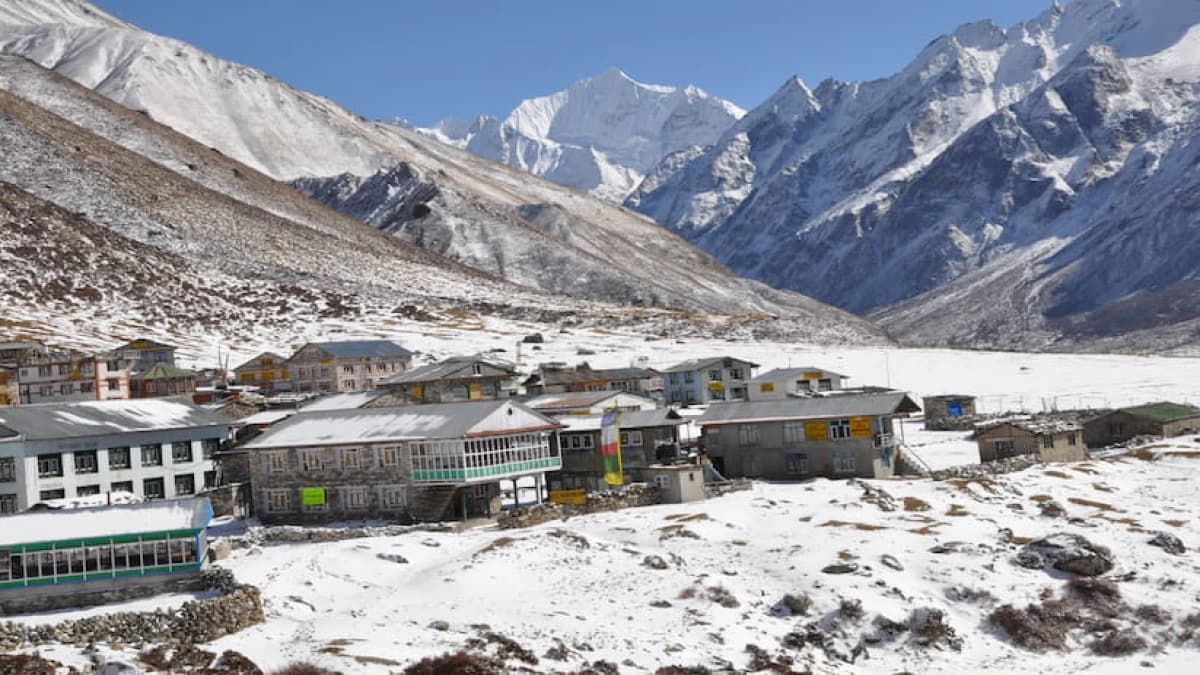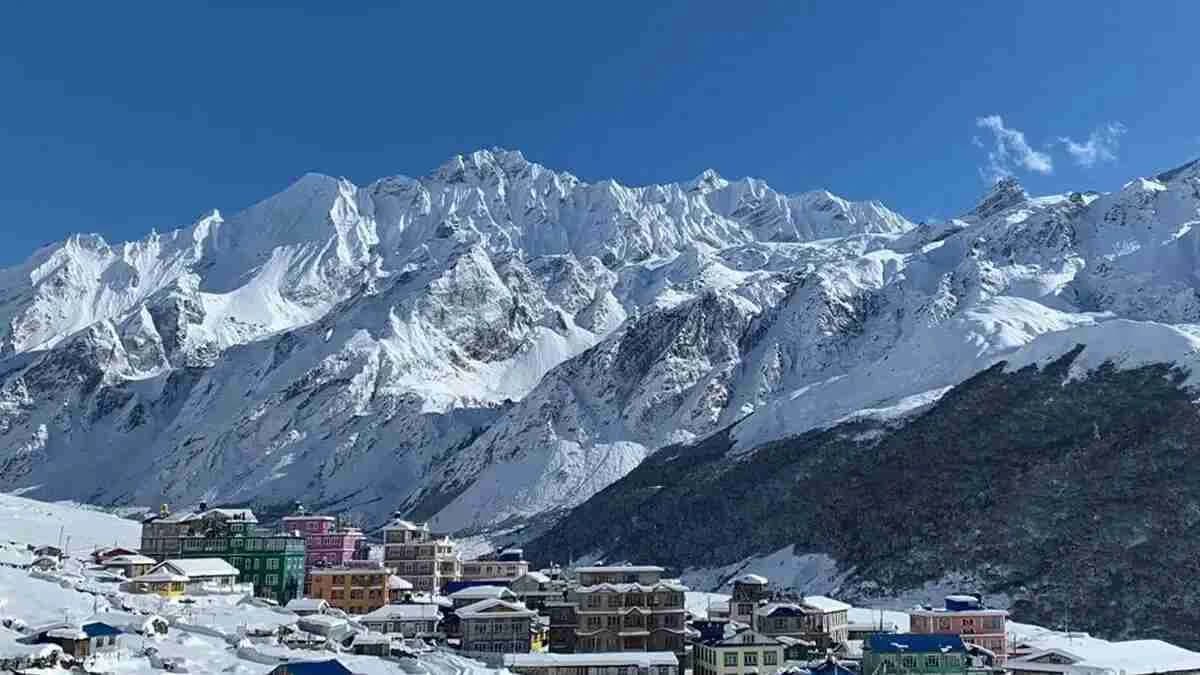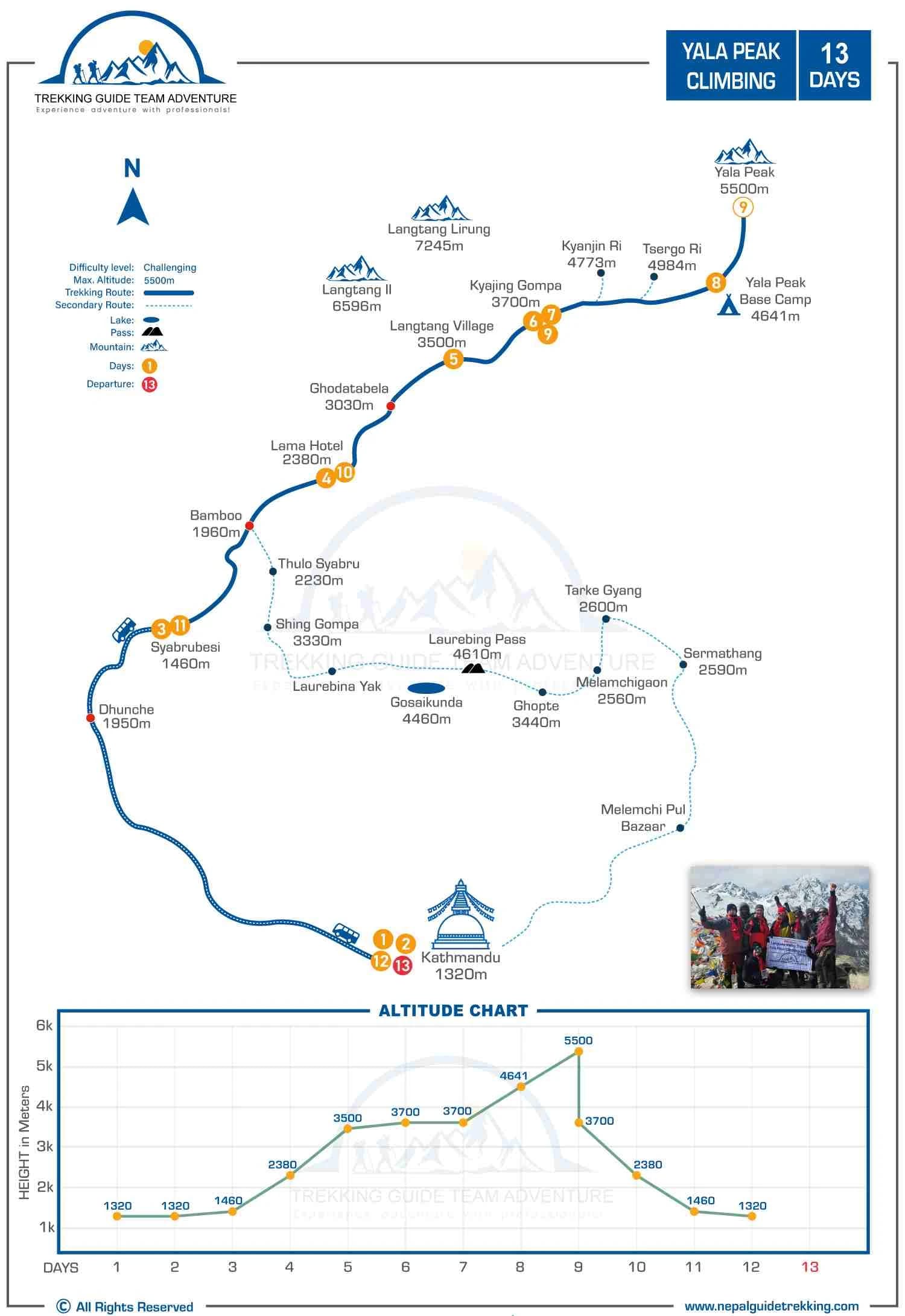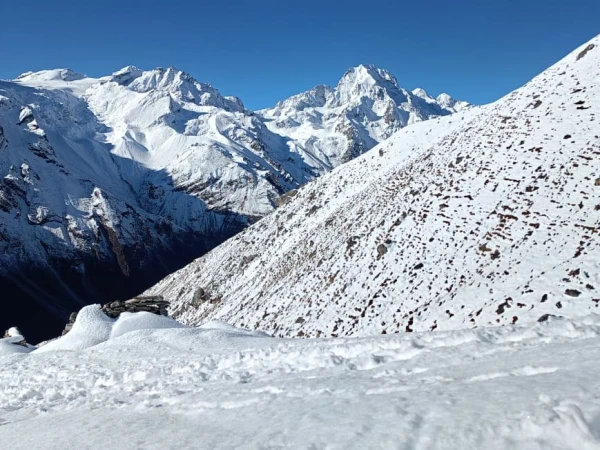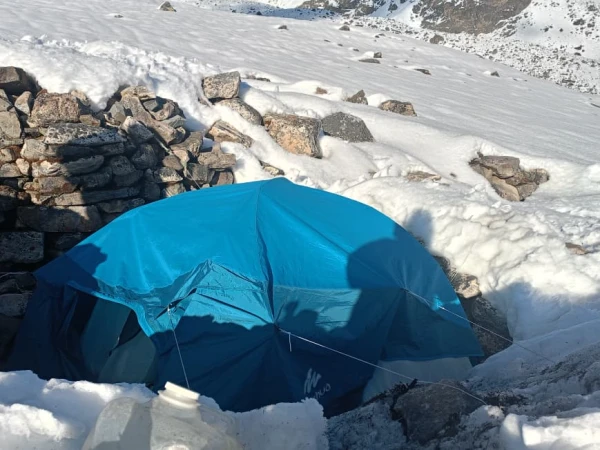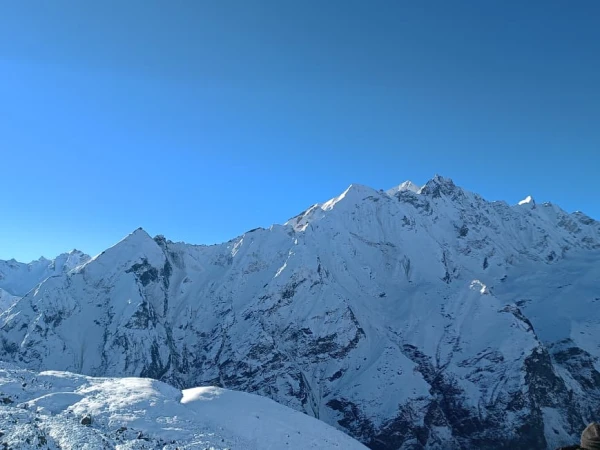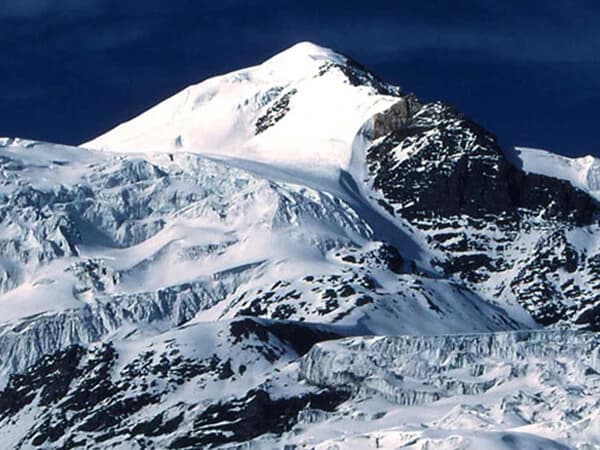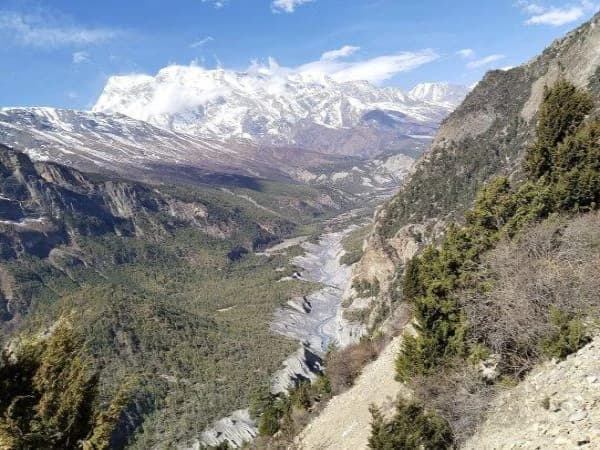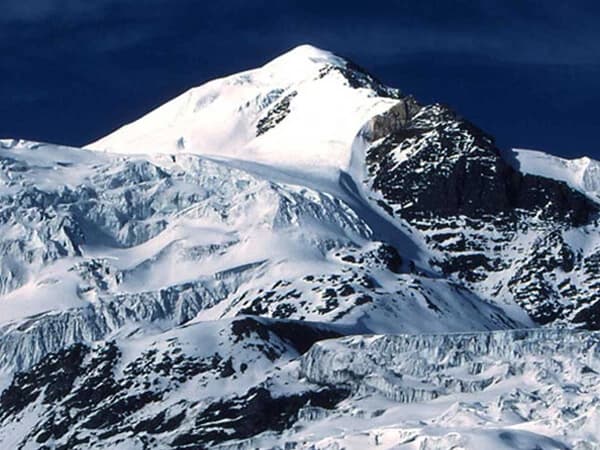Overview
Yala Peak Climbing trip lies in the Langtang valley north of Kathmandu. Yala Peak is one of Nepal’s easier trekking peaks, and suited for anyone with trekking experience, just to the north of Kathmandu in the beautiful Langtang valley region, this 5500 meters peak is situated in a beautiful valley of rich grazing pastures and Tamang people; climbing Yala peak don't require mountaineering experience. From Katmandu, we drive to Dhunche or Syabru Bensi, then trek up the valley for three days. We explore the Langshisa glacier to help us acclimatise, establishing a high camp at 4800 meters from where we make our summit bid. After an alpine start under stars we are on the summit by late morning, you will have a stunning view of Lantang Lirung (7246m), Lenpo Gang (7083m), Dorje Lakpa (6990m) and mighty Shishapangma (8027m) with some amazing views into Tibet.
Highlights of Yala Peak Climbing
The major highlights involving in Yala Peak Climb are:
- Summit Yala Peak (5,500m): Accomplish the easiest trekking peak and kickstart your mountaineering dream. This peak is perfect for beginners.
- Scenic Beauty of Langtang Valley: Additional but important benefit of this climb is trekking through langtang valley experiencing the mesmerzing beauty of nature.
- Panaromic Mountain Views: You will witness the panaromic vistas of moutains like Shishaoangma, Langtang Lirung, Ganesh Himal and so on.
- Glacier and Alpine trails: Under the guidance of experienced Sherpas, test your strength on the glacier climb using core mountaineering techniques.
- Cultural Immersion: You will be able to interact and learn the culture of Tamang commuity
- Balanced Trek and Climb: Combines climbing and trekking to provide a well-rounded experience.
Yala Peak Climb Difficulty Level

Yala Peak is considered as easiest and accessible trekking peak for Himalayan adventure. It is classified under non-technical trekking peak. Though it is the easiest one and doable by beginners, basic understanding of high-altitude trekking is important. Also, you should be able to walk 5-7 hours daily.
- Altitude: The summit of the peaks is 5550 meters which requre gradual ascend.
- Trails: Trails while trekking till Kyangin Gompa has glacier sections.
- Climbing Skills: No prior technical climbing experience is required.You will be assisted by guides on the glacier.
- Physical Fitness: With the capacity to walk 5-7 hours, upto 10km per day, moderate level of physical fitness is demanded.
- Technical Grade: It is graded as F (facile) and non technical, basic ability to walk on snow with gear.
Permits Required for Yala Peak Climbing
Trekking and climbing permits are required for any foreign visitors entering the Langtang region and attempting to reach the summit of Yala Peak in Nepal.
1. Langtang National Park Entry Permit
- Cost: 3000 Nepali Rupees (around USD 25)
- Issued by: Nepal Tourism Board or at the check point
- Purpose: Access to Langtang National Park
2. TIMS Card (Trekkers’ Information Management System)
- Cost: 2000 Nepali Rupees (around USD 17)
- Issued by: Nepal Tourism Board or trekking agencies
- Purpose: To record trekker's detail for safety
3. Yala Peak Climbing Permit (via NMA)
- Cost: USD 70 in spring and USD 40 in autumn
- Issued by: Nepal Tourism Board or at the check point
- Purpose: Access to Langtang National Park
Notes:
- At Trekking Guide Team Adventure, permit arrangements are all handled by your trekking/climbing agency, so you that you can focus on your journey.
- It is highly recommended that you always carry physical copies of your permits.
Best Time to Climb Yala Peak

The perfect time to climb Yala Peak is during spring and autumn as the weather is stable and the views are clearer.
Spring (March-May)
-
It is safe for climbing because of the moderate temperature
-
Clearer skies, blooming rhododendron enhances trekking experience
-
One of the peak trekking and climbing seasons in Nepal
Autumn (September-November)
-
Perfect for first-time climbers because of consistent weather.
-
Crisp air, dry trails, and expansive mountain views
-
Post-monsoon clarity provides fantastic photography and summit vision.
Climbing Yala Peak is not suitable during the monsoon (June–August) and winter (December–February) seasons as Monsoon brings heavy rain, slippery trails, cloud cover, and frequent landslides, making travel unsafe. Winter, on the other hand, brings extreme cold, deep snow, and harsh winds near the summit, especially not suitable for beginners.
Required Gears & Equipment
Climbing Gears
- Climbing harness
- Crampons
- Ice axe
- Helmet
- Rope (fixed and dynamic)
- Carabiners and belay device
- Mountain boots
Personal Trekking Gear
- Waterproof trekking boots
- Trekkking poles
- Backpack (35–50L for day use)
- Sleeping bag (rated for -15°C or lower)
- Headlamp with extra batteries
- Reusable water bottles or hydration bladder
Clothing & Layering
- Base layers (thermal top & bottom)
- Insulated down jacket
- Fleece or soft-shell jacket
- Waterproof and windproof shell jacket/pants
- Warm hat, gloves, and neck gaiter
- Sunglasses with UV protection
Optional Recommended Items
- Power bank or solar charger
- Lightweight towel and personal toiletries
- Sunscreen and lip balm (SPF 50+)
- Gaiters (optional for snow protection)
- Energy bars or personal snacks
- First aid kit and blister care
What Kind of Food, Water & Accomodation to Expect
Accomodation on Yala Peak

Most of the nights on the Yala Peak climb, visitors stay in simple teahouses up to Kyanjin Gompa, where shared rooms and basic toilets are the available. When its time to push for the summit, the crew and guides can set up a camp with tents, kitchen items and so on. A few teahouses offer private rooms, but booking them during peak season is never certain.
Food During the Trek
Each day you get breakfast, lunch, and dinner at local teahouses. Usual dishes are dal bhat, pasta, noodles, soups, potatoes, eggs, and whatever vegetables the season gives. If you tell staff ahead of time, they will prepare vegetarian or vegan meals. Higher up, choices becomes fewer and prices rise because supplies arrive less often.
Drinking Water
Hot water is sold at many teahouses, and you can also boil, filter, or use tablets on stream and tap water. Though bottled water still appears, buying it hurts the environment and local promise. Bring a stainless bottle or a hydration bladder to drink easily and help cut plastic waste.

